TL;DR: Overfishing is the #1 driver pushing many marine fish toward extinction, especially slow-growing, late-maturing species. Habitat loss, dams, bycatch, pollution, and climate change make things worse. Real fixes include science-based catch limits, protected spawning sites, bycatch reduction gear, fish passage at dams, traceable supply chains, and prosecuting IUU fishing—plus everyday choices you can make when you buy seafood.
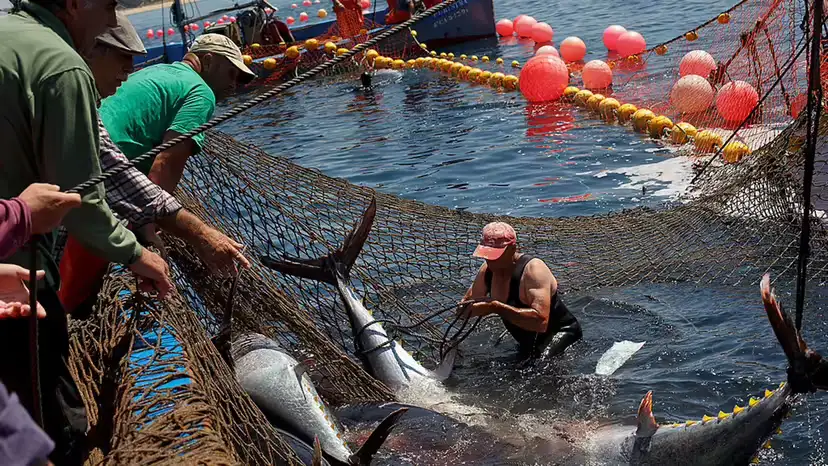
Life-history trap: Many listed species grow slowly, mature late, and have few offspring—great for long lives, terrible when fishing is intense.
Spawning bottlenecks: Some gather in tight seasonal aggregations (grouper, roughy), making entire year-classes easy to wipe out.
Bycatch & gear impacts: Bottom trawls and gillnets catch non-targets and can damage seafloor nurseries.
Hydrology & barriers: Migratory fishes (sturgeons, eels) need free-flowing rivers; dams and weirs block reproduction.
Global markets: High prices and international fleets overwhelm weak local rules; IUU fishing (illegal, unreported, unregulated) thrives where oversight is thin.
For each species: Where it lives | Why it’s in trouble | Why it’s vulnerable | What’s helping
Range: North Atlantic (U.S./Canada to Europe).
Trouble: Historically overfished; often bycaught in bottom trawls.
Vulnerable because: Long-lived (~50 yrs), late maturity (10–14 yrs).
Helping: Strict quotas/closures, avoidance of halibut hotspots, hook-and-line selectivity, habitat protections.
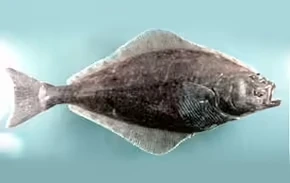
Range: Caspian/Black Sea basins; migrates up large rivers.
Trouble: Eggs sold as high-value caviar, plus spawning habitat loss from dams.
Vulnerable because: Century-scale lifespan, very late maturity; long generation time.
Helping: CITES trade controls, hatchery supplementation, river restoration and anti-poaching units.
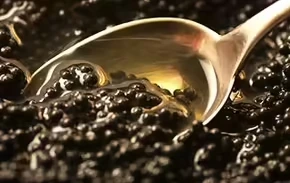
Range: Southern Atlantic/Indian/Pacific; high-seas migrant.
Trouble: Heavy fishing since the 1950s; spawning biomass once collapsed ~85%.
Vulnerable because: Slow to mature; aggregates predictably; high market price.
Helping: RFMO-set quotas (CCSBT), improved stock assessments, electronic monitoring, traceability.
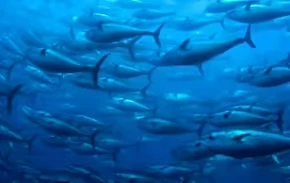
Range: Deep seamounts (NZ, Australia, Namibia, NE Atlantic, Indo-Pacific).
Trouble: Seamount trawling targets feeding/spawning aggregations.
Vulnerable because: Extreme longevity (~140 yrs) and matures ~20–32 yrs.
Helping: Closed seamounts, conservative quotas, aggregation protections, seafloor habitat closures.
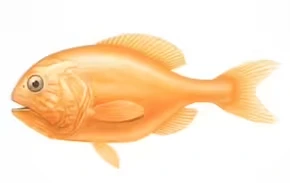
Range: Tropical W. Atlantic/Caribbean.
Trouble: Heavy fishing on spawning aggregations; many sites have vanished.
Vulnerable because: Aggregation-spawner; site fidelity; late maturity.
Helping: Seasonal closures around aggregation windows, full harvest bans in some nations, aggregation mapping/enforcement.
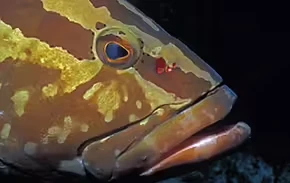
Range: Eastern Tasmania (now two tiny subpopulations).
Trouble: Loss of spawning substrate, pollution/silt, urchin overgrazing.
Vulnerable because: Tiny range, extremely small population (~100 mature).
Helping: In-situ habitat restoration, urchin control, captive rearing (“head-start”) and release, site protection.
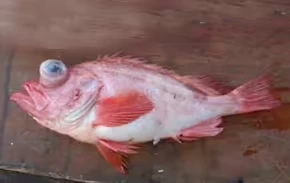
Range: North Atlantic, Baltic, Mediterranean; spawns in the open ocean; grows in fresh/brackish waters.
Trouble: Overfishing of glass eels, blocked migration, climate shifts, parasites, pollution.
Vulnerable because: Complex life cycle with multiple migration stages; slow maturation (6–30 yrs).
Helping: Fishing moratoria/limits, fish passes, glass-eel trade controls, wetland restoration.
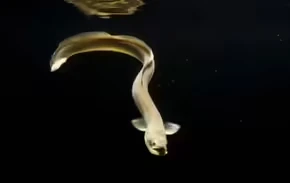
Range: NW Atlantic (Gulf of St. Lawrence to NC, USA).
Trouble: Targeted for bait/meat; bycatch in trawls; juveniles misidentified.
Vulnerable because: Slow growth, late maturity, low fecundity.
Helping: Size/area closures, bycatch caps, gear modifications to reduce skate catches, improved ID onboard.
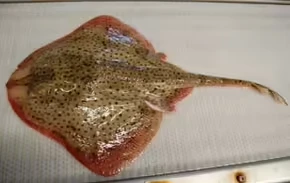
Range: Historically several Chinese rivers; now mainly Yangtze/Pearl and coastal seas.
Trouble: Overfishing; Gezhouba dam (and others) blocked historic spawning runs; natural reproduction extremely low.
Vulnerable because: Anadromous, long-lived, late maturing; needs long free-flowing river stretches.
Helping: Dam passage feasibility studies, protected reaches, hatchery support, strict enforcement.
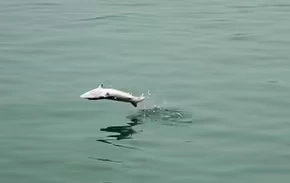
Range: N. Atlantic & Mediterranean; transoceanic migrant.
Trouble: High-value target (sushi/sashimi), historical overfishing; complex international enforcement.
Vulnerable because: Slow-maturing top predator; predictable spawning areas (e.g., Med, Gulf of Mexico).
Helping: ICCAT quotas and allocation reform, electronic catch documentation, bycatch avoidance in the Gulf, area/time closures.
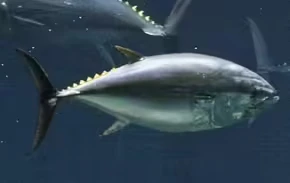
Science-based catch limits with buffers for uncertainty.
Seasonal/area closures to protect spawning aggregations and juvenile nurseries.
Bycatch solutions: circle hooks, turtle excluders, BRDs, move-on rules, hotspot forecasting.
Habitat protections: MPAs/OMPAs, seamount/trawl closures, no-take zones.
River connectivity: fish ladders, dam removal or operational changes, floodplain/wetland restoration.
Traceability & monitoring: eCDT, VMS/AIS, on-board observers/EM cameras; crack down on IUU.
Buy traceable, legal, sustainably certified seafood (e.g., rigorous eco-labels and fishery ratings).
Prefer hook-and-line, trap, or hand-caught over indiscriminate gears.
Avoid known spawning-aggregation species when/where they spawn.
Try lower-trophic alternatives (sardines, mackerel) instead of apex predators.
Ask restaurants/fishmongers: What species? Where caught? What gear? If they can’t answer, pick something else.
Are many fish endangered?
Yes. Thousands of marine and freshwater fishes face elevated extinction risk; many are endangered or critically endangered due to overfishing plus habitat stressors.
Which kinds are most vulnerable?
Species that are long-lived, slow to mature, aggregate to spawn, migrate through dams, or fetch high market prices (e.g., sturgeons, bluefins, halibut, groupers, roughy, eels).
If I catch an endangered fish by accident, what should I do?
Release it immediately in the water if safe to do so. Note date, location, estimated size/number, behavior, and share with local fisheries/wildlife officials (photos help).
Can aquaculture solve the problem?
Sometimes—for low-trophic species or closed life-cycle aquaculture. But farming doesn’t fix wild habitat or curb IUU; focus on responsible aquaculture standards and don’t use it to justify overfishing wild broodstock.
animal tags: endangered fish
We created this article in conjunction with AI technology, then made sure it was fact-checked and edited by a Animals Top editor.